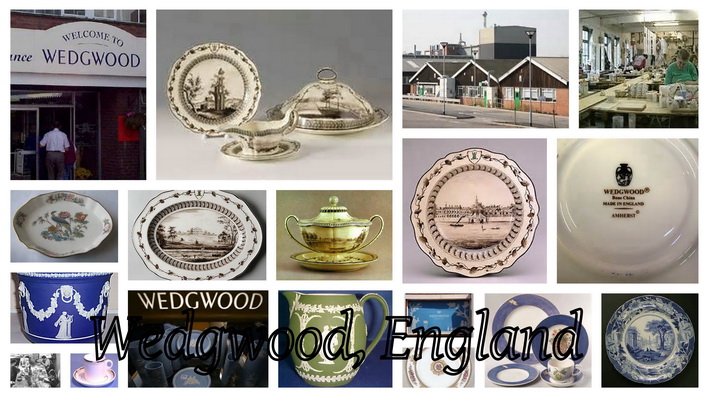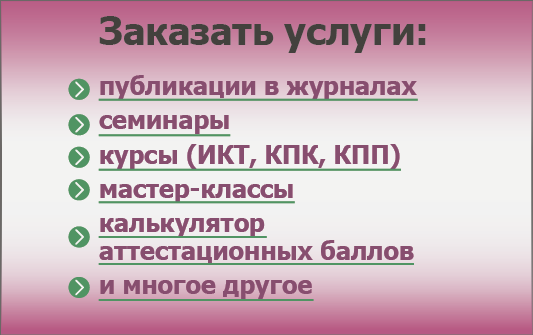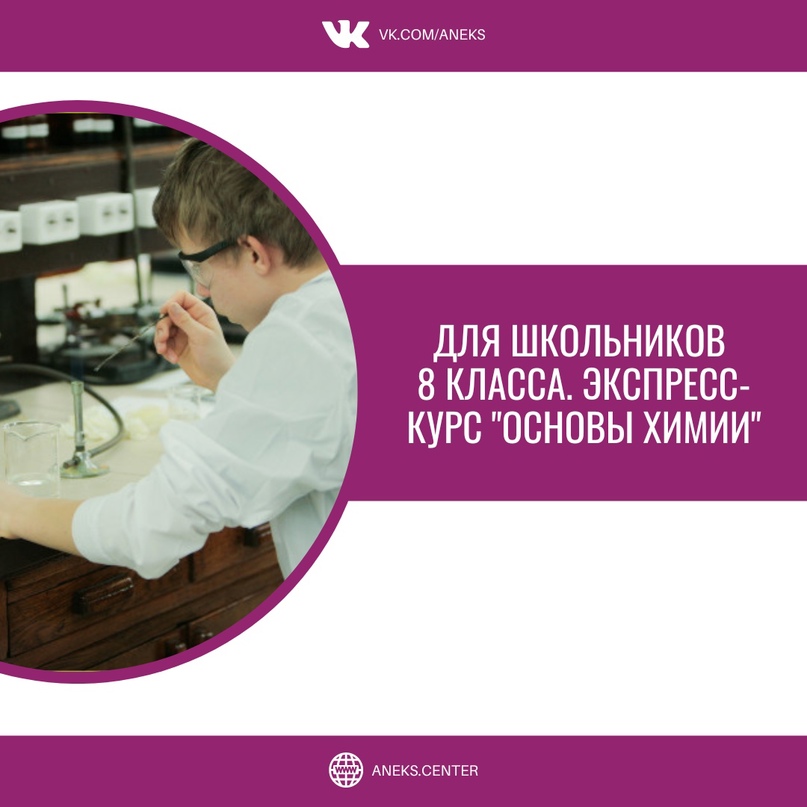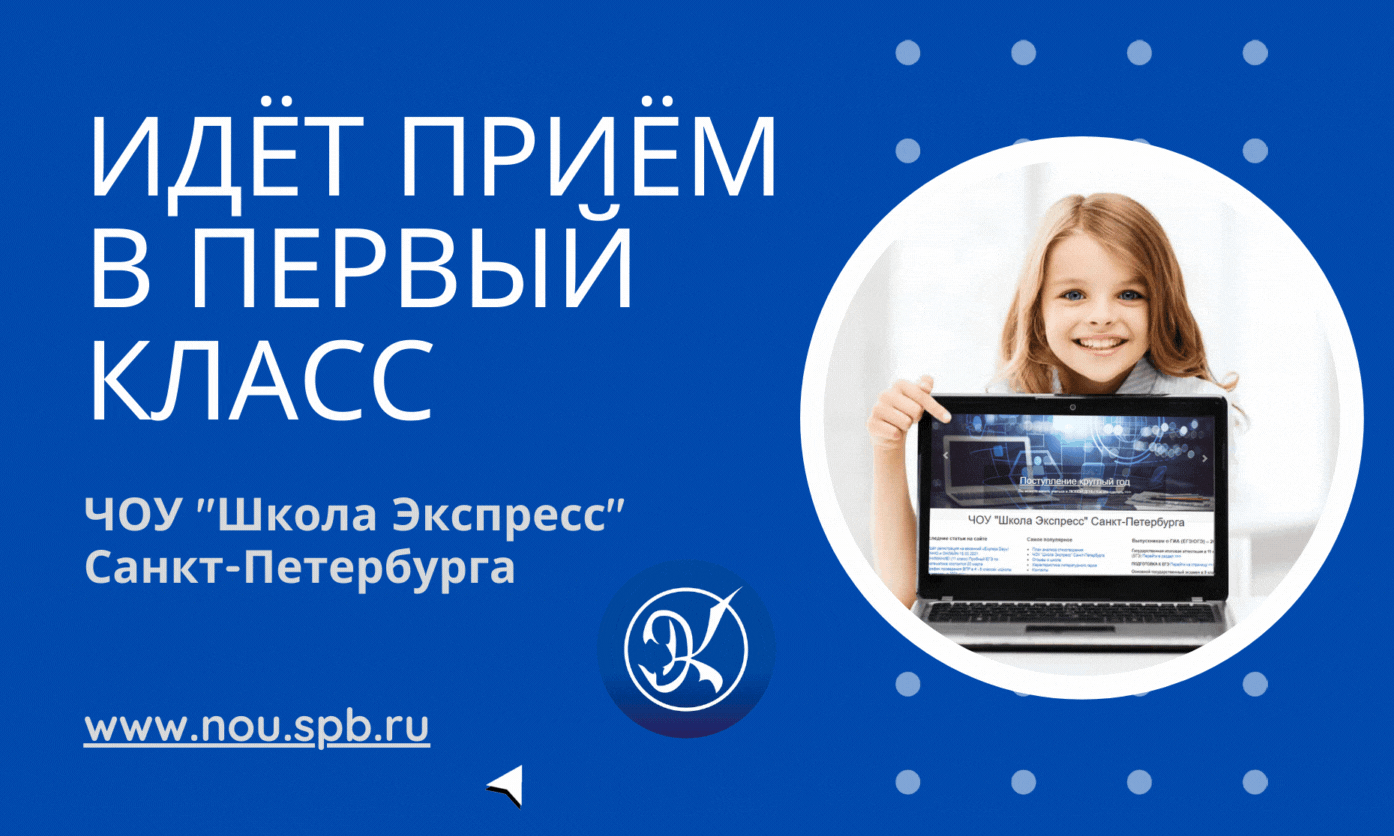Интегрированный учебный модуль (экскурсия, мастер-класс и quiz)
Магия фарфора
Антонова Анна Федоровна,
преподаватель английского языка
СПГАХЛ им. Б.В.Иогансона
“Tell me and I forget, teach me and I remember, involve me and I learn” (quote)
В формате системно-деятельностного подхода, лежащего в основе ФГОС, был проведен этот интегрированный учебный модуль, включающий в себя:
- экскурсию на Ломоносовский фарфоровый завод (г. Санкт-Петербург) – ознакомление с историей ЛФЗ (музей завода) и процессом создания, росписи и обжига фарфора,
- мастер-класс (свободный выбор рисунка и нанесение его на фарфоровой чашке или тарелке),
- quiz по теме фарфора – история, особенности росписи фарфора, его виды, высказывания известных людей и т.п. (на английском языке).
Проведение этого модуля имело огромное значение для учащихся художественного лицея поскольку они именно здесь (на производстве) сумели применить свои знания на практике, осознали востребованность своего образования для жизни и способность применять их прикладного использования, что очень важно для формирования готовности учащихся к саморазвитию и непрерывному образованию.
Topic: A mystery of porcelain
Aim: By the end of the lesson students will be able to represent the unique technique of porcelain decorating, express their own opinions, develop students’ speaking English language skills through art and use their knowledge in practice at the master class in the Imperial Porcelain factory.
Equipment: equipment to show Power Point presentation (possibly PC)
Materials: Art Quiz, video “The Hermitage”, collage pictures, list of quotations of famous painters.
|
Activity |
Teacher says/does |
Students do |
Time |
Comments |
|
Introduction to theme |
|
1 min |
See: Appendix O |
|
Watching the video, taking notes if needed |
Watch video (on IB), taking notes, reminders |
6 min |
See: Appendix 1 |
|
Tells about Wedgwood Porcelain including The Green Frog Service |
Taking notes |
6 min |
See: Appendix 1.1 |
|
|
Students choose right answers from questionnaire |
10 min |
See: Appendix 2
Answers are included into Appendix 2
|
|
|
Students choose the quotations form quotations list and express their own opinion on art |
8 min |
See: Appendix 3 (Quotations) |
|
Asks students about their favourite colours and styles |
The great debate |
10 min |
Appendix 4 |
|
Asks about the gist of visual art and various genres of painting |
Students present their projects on IB Topics:
|
11 min |
|
|
Asks about the features of the process |
|
3 min |
|
|
Conclusion of theme |
Students tell about the most important and interesting moments of the lesson |
5 min |
(Appendix 5 – after master class after current lesson) |
Appendix 0 – Introduction
You have visited a lot of galleries, museums, have looked at real paintings. You know the names of many outstanding artists, their styles and techniques. You have already examined all the details of their canvases. And now I’d like to tell you about the technique of porcelain creating and decoration.
Appendix 1 – Wedgwood, England (see attachment)
Appendix 1.1 – Imperial Porcelain, St-Petersburg, Russia (see attachment)
Appendix 2 - Art Quiz
-
When was the Imperial Porcelain Factory of St-Petersburg founded?
-
1744
-
1842
-
1759
-
When was Wedgwood manufactory established?
-
1744
-
1842
-
1759
-
Who was The Imperial Porcelain Factory founded by?
a. Vinogradov
b. Lomonosov
c. Peter the Great
4. How many pieces does “The Green Frog” service consist of?
a. 2134
b. 952
c. 333
5. What is the average temperature of porcelain baking?
a. 100C
b. 500C
c. 1000C
6. If the animal bones powder is added to porcelain it becomes:
a. transparent
b. steady
c. heavy
7. What country was the first porcelain produced in?
a. Russia
b. England
c. China
8. Porcelain was considered to be:
a. black gold
b. white gold
c. colourful gold
9. The pattern which is known as symbol of The Imperial Porcelain Factory of St-Petersburg?
a. cobalt net with gold
b. red flowers with gold
c. cobalt silhouettes of St-Petersburg
Appendix 3 - Which quotation about art is close to your heart and mind?
-
“I dream of painting and then I paint my dream” (Vincent Van Gogh)
-
“It’s rather the painter who, on the coloured canvas, reveals himself...He has shown in it the secret of his own soul” (O. Wilde)
-
“Colour is the keyboard…The artist is the hand that plays” (W. Kandinsky)
-
“When I started to paint, I felt transported into a kind of paradise” (H. Matisse)
-
“School always give me the impression I was in prison” (C. Monet)
-
“Art is stronger than nature” (Titian)
-
“Art creates great people, forms the human’s soul” (K. Paustovsky)
Appendix 4 - The contradiction of colours and styles
-
Reddish, warm colours (E. Degas)
-
Tiny brush strokes (Raphael)
-
A hazy effect (this technique was influenced by Rubens’ style)
-
Quick, loose style (Renoir)
-
Technique of multiple views (P. Picasso)
-
Symbolic self portrait by “still life” (V. van Gogh)
-
Using mirror for lakes and broccoli for tress (Gainsborough)
Appendix 5 – Students of Art Lyceum, St-Petersburg, Russia (see attachment; after master class after current lesson)
Thank you for your cooperation, your creative feedback, for your unique ideas. The Imperial Porcelain factory is waiting for you because you are the representatives of new generation, you can bring new ideas, new designs. Now you have an opportunity to create your own piece of porcelain to express your thoughts, use your creativity, different techniques of painting to demonstrate your skills. Goodluck!
Через день после завершения модуля каждый учащийся получил свое аутентичное уникальное произведение искусства (чашку или тарелку), выполненное в свободном творческом режиме в мастерских Ломоносовского фарфорового завода. Учащиеся получили огромное удовольствие, как от самого процесса, так и от результата и одновременно произошло формирование вкуса к работе. 













